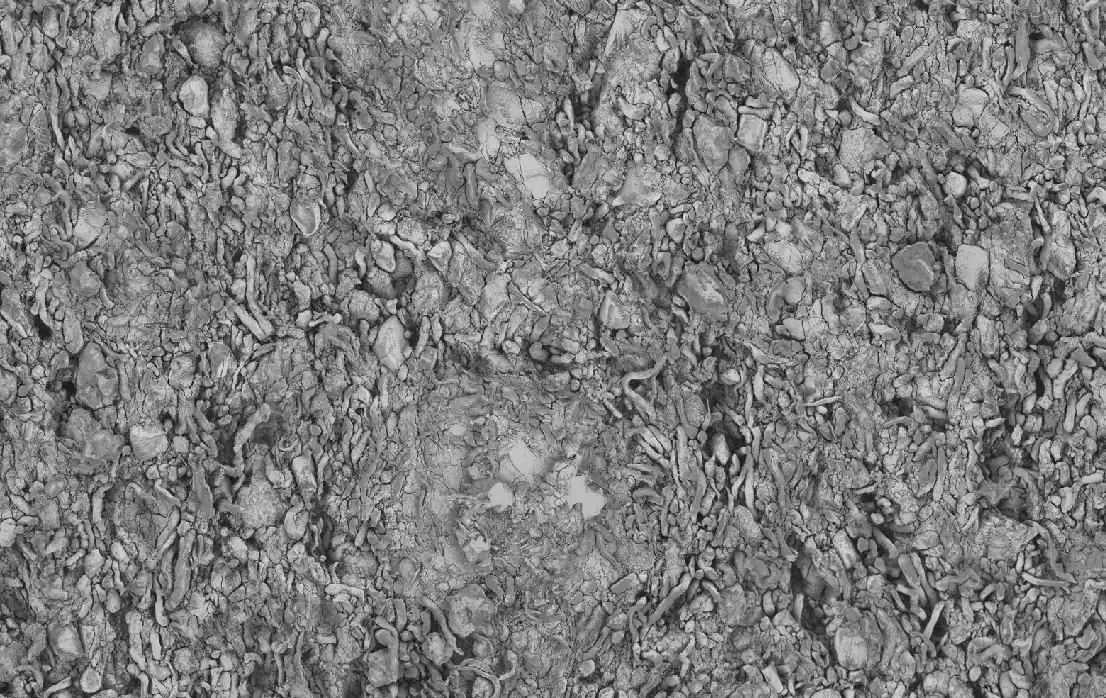Microstructure Study of a Long-acting PLGA Ocular Implant

Microstructure, quality, and release performance characterization of long-acting polymer implant formulations with X-ray microscopy and quantitative AI analytics
Long-acting implants are typically formulated using carrier(s) with specific physical and chemical properties, along with the active pharmaceutical ingredient (API), to achieve the desired daily exposure for the target duration of action. In characterizing such formulations, real-time in-vitro and in-vivo experiments that are typically used to characterize implants are lengthy, costly, and labor intensive as these implants are designed to be long acting. A novel characterization technique, combining high resolution three-dimensional X-Ray microscopy imaging, image-based quantification, and transport simulation, has been employed to provide a mechanistic understanding of formulation and process impact on the microstructures and performance of a polymer-based implant. Artificial intelligence-based image segmentation and image data analytics were used to convert morphological features visualized at high resolution into numerical microstructure models. These digital models were then used to calculate key physical parameters governing drug transport in a polymer matrix, including API uniformity, API domain size, and permeability. This powerful new tool has the potential to advance the mechanistic understanding of the interplay between drug-microstructure and performance and accelerate the therapeutic development long-acting implants.

Karthik Nagapudi, Aiden Zhu, Debby Chang, Joshua Lomeo, Karthikan Rajagopal, Rami Hannoush, Shawn Zhang
Published with Genentech
https://www.jpharmsci.org/article/S0022-3549(21)00281-1/fulltext
Additional Publications
Transform Your Program with Microstructure Science
Get started with a drug product digital twin.















